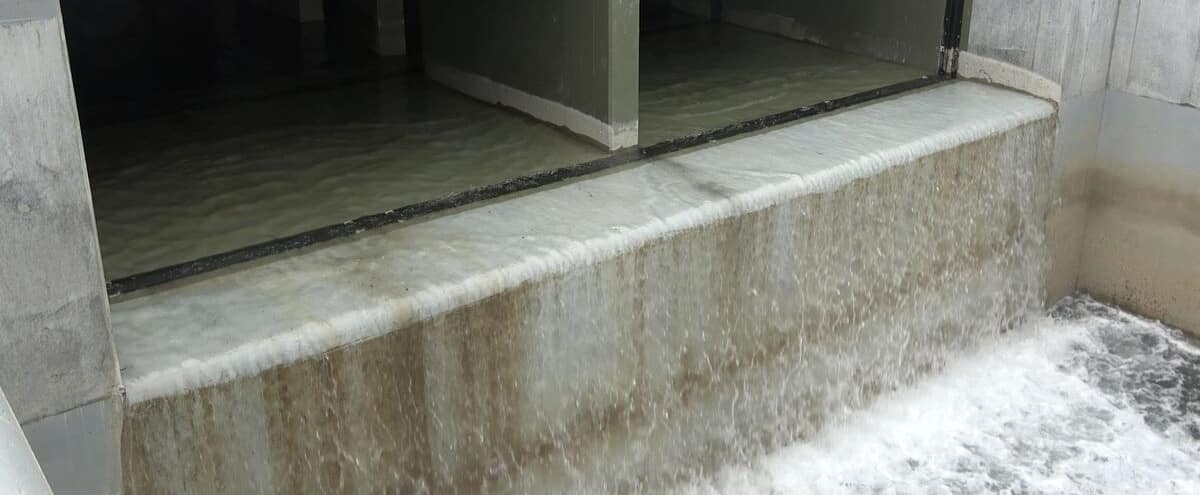Japan began the third phase of releasing treated water from the damaged Fukushima power plant into the sea on Thursday, while Beijing and Moscow restricted their Japanese imports in protest at what is expected to be a multi-decade process.
• Also read: Discharge of Fukushima water into the sea: China denounces a “selfish and irresponsible” act
• Also read: Fukushima: Four workers are hit by splashes of contaminated water
This phase, which will allow the release of around 7,800 tonnes of water, is expected to last about 17 days, the plant’s operator, Tepco, told AFP.
On August 24, Japan began releasing water into the Pacific Ocean that was used in particular to cool the cores of the three reactors at the Fukushima Daiichi power plant (northeast) that melted after the 2011 tsunami.
This water, which also comes from groundwater and rain, was stored for a long time in huge tanks on the site of the power plant and treated to remove its radioactive substances, with the exception of tritium, which is only dangerous in concentrated doses, according to experts.
This water was treated using the ALPS (“Advanced Liquid Treatment System”) system to remove radioactive substances, with the exception of tritium, a radionuclide that experts say is only dangerous in very high concentrations.
For this reason, the water is diluted with seawater before being discharged into the Pacific Ocean so that its radioactivity level does not exceed the targeted maximum level of 1,500 Bq/L, i.e. a level 40 times lower than the Japanese standard for this type of operation .
The release into the sea has been validated by the International Atomic Energy Agency (IAEA). But the start of the trial sparked a diplomatic crisis between Japan and China, which has halted all imports of Japanese seafood since late August, followed by Russia.
The Chinese ban has particularly hit scallop fishermen on the northern island of Hokkaido, about 500 kilometers north of the Fukushima plant, who rely on Chinese factories to shell the mollusks.
In total, Japan plans to release more than 1.3 million m3 of tritium-containing water from Fukushima into the Pacific Ocean – the equivalent of 540 Olympic swimming pools – but very gradually, by the early 2050s, according to the current schedule.

